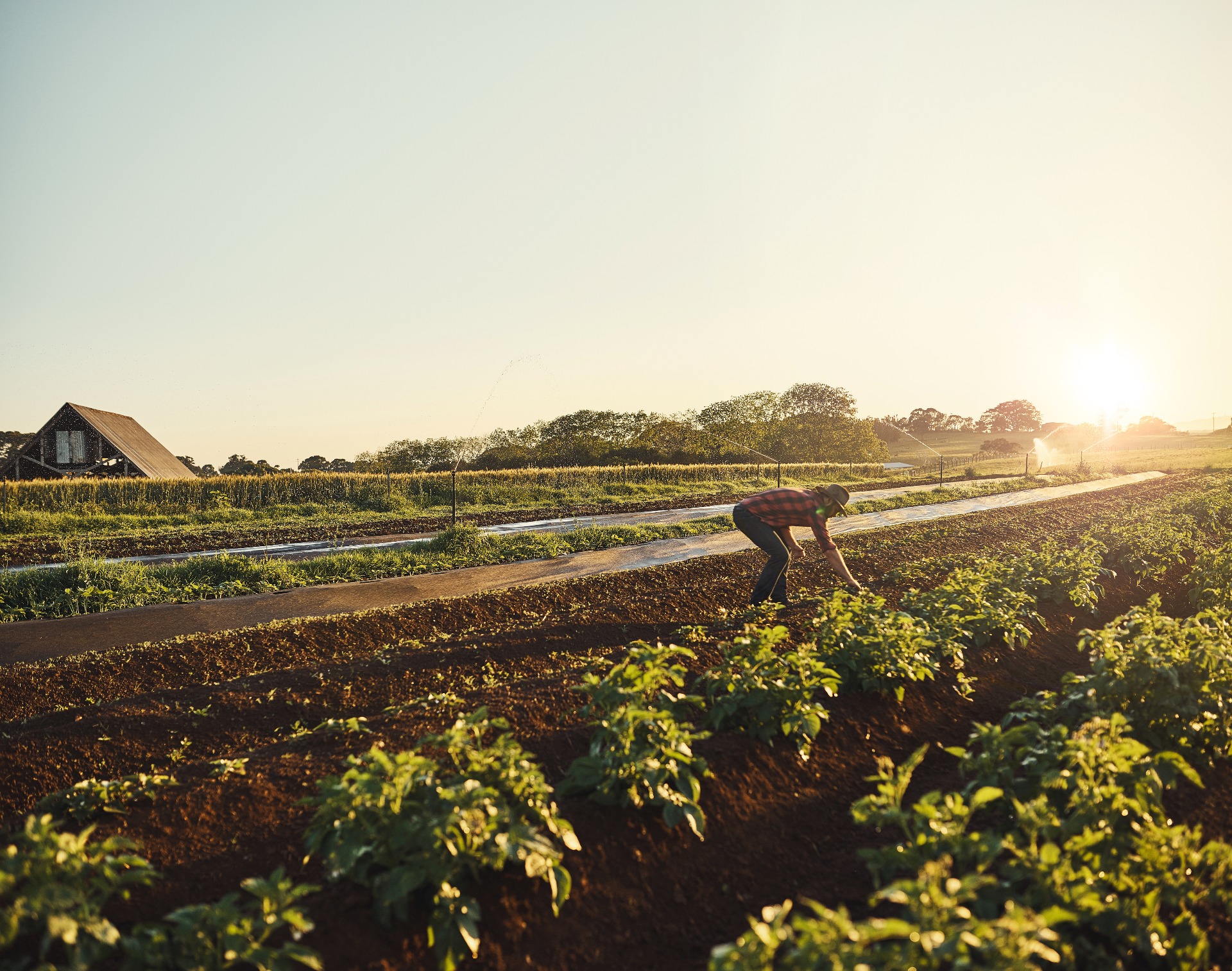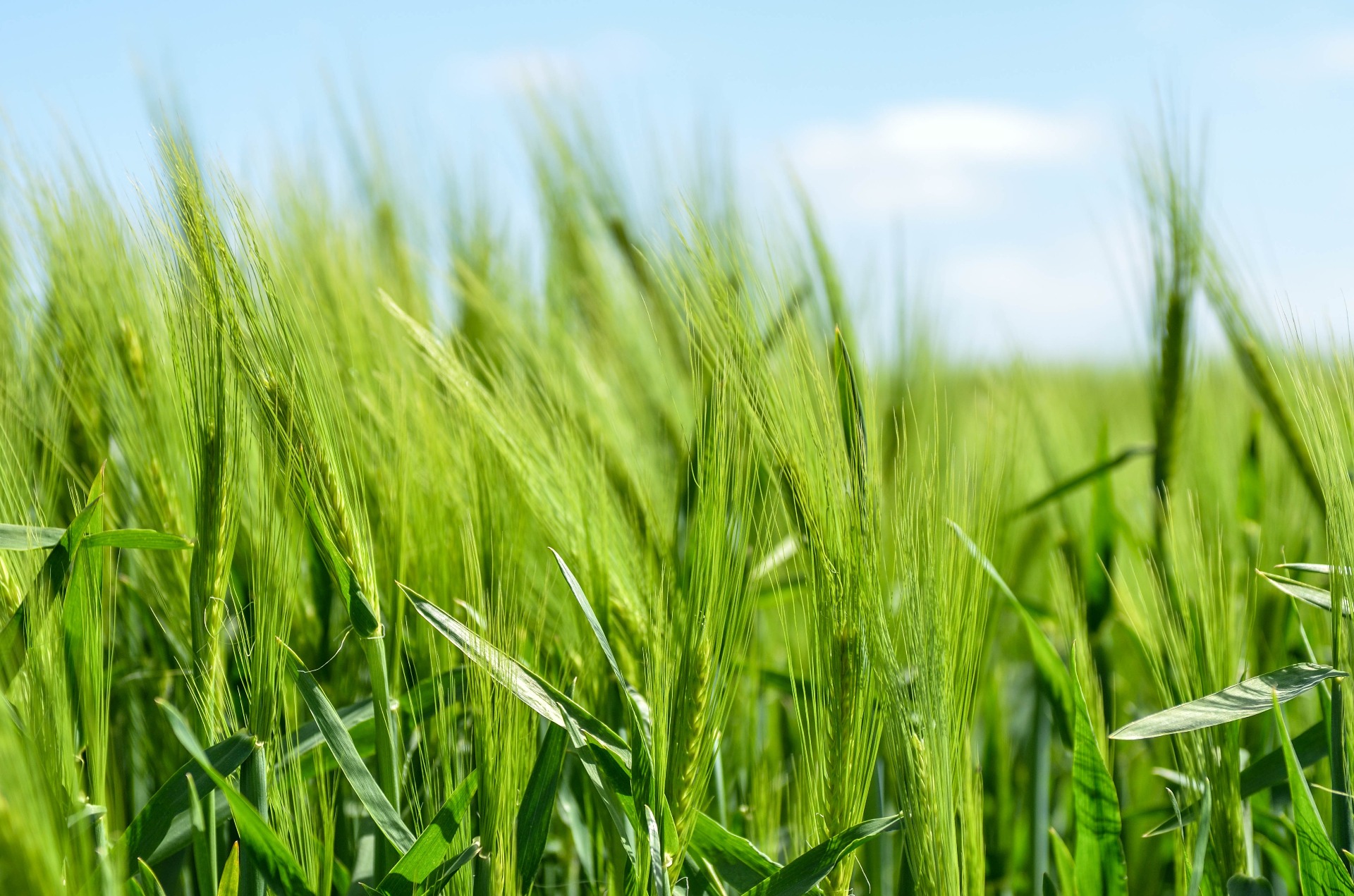
-Welcome to Insectlife Coruña
INSECT FARMING
From Waste to Nutrition: The Revolutionary Insect Farming Model
Insects are nature’s most powerful upcyclers and are the missing link in our food system. They can help create a circular food system and enable us to move from a resource depleting linear system of production.
Circular economy
We operate a minimal-waste process by upcycling our insects dejections into high-quality fertilizer. Used to fertilize the crops that feed our mealworms, we also upcycle food byproducts thanks to their inclusion in our insects' feed, promoting circularity throughout our model.
OUR INSECTS

Black soldier fly-Hermetia Illucens
Black Soldier Fly larvae are known for their ability to process a wide variety of organic waste streams.

Mealworms-Tenebrio Molitor
Mealworms are the larvae of darkling beetles and are commonly used as a food source for pets and livestock. However, researchers at Stanford University discovered that mealworms can also consume polystyrene, a common type of plastic.

Waxworms-Galleria Melonella
Waxworms are the larvae of wax moths and are commonly used as fishing bait. However, researchers at the University of Cambridge discovered that waxworms can also consume polyethylene, a common type of plastic used in packaging.
Sustainable Impact
There are several environmental benefits to using insects to manage waste. For one, it reduces the amount of waste that ends up in landfills or oceans, where it can harm wildlife and contribute to climate change. It also reduces the need for harmful chemicals and other pollutants that are typically used in traditional waste management methods.
Furthermore, the byproducts produced by the insects can be used to replace other materials that are more resource-intensive to produce. For example, using insect-derived bioplastics instead of petroleum-based plastics can significantly reduce carbon emissions and other environmental impacts.


